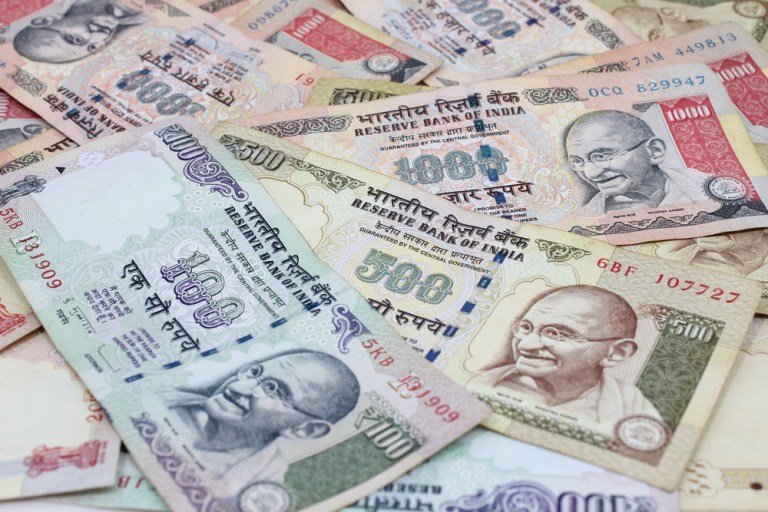
At least some quantification of the initial impact of part of the initiative of the 500-rupee and 1,000-rupee note bans are in. The Financial Times reported that in India, $80 billion worth of the currency notes have been returned to banks.
That activity follows the widely reported ban on the currency, where $220 billion was wiped out in one fell swoop — roughly 86 percent of the country’s currency — earlier this month. Banks in that country have thus far dispersed $15 billion in new notes across conduits including ATMs and bank teller counters, according to the Financial Times. The country’s Federal Reserve Bank released the latest numbers.
As noted by the Financial Times, taking those notes out of circulation might, according to some analysts, take as much as 1 percentage point off economic growth in the current fiscal year. And one analysis from Ambit Capital has said that economic growth could in fact be as meager as half a percent for the second half of the current year, down strikingly from the first half, when the rate had been more than 6 percent.
The notes are able to be paid into bank accounts only until the end of the year. The financial publication stated that deposits of more than 250,000 rupees will get the attention of tax officials. As has been widely noted, a lingering cash crunch … is still lingering. In one example, New Delhi has limits in place on cash withdrawals from ATMs.